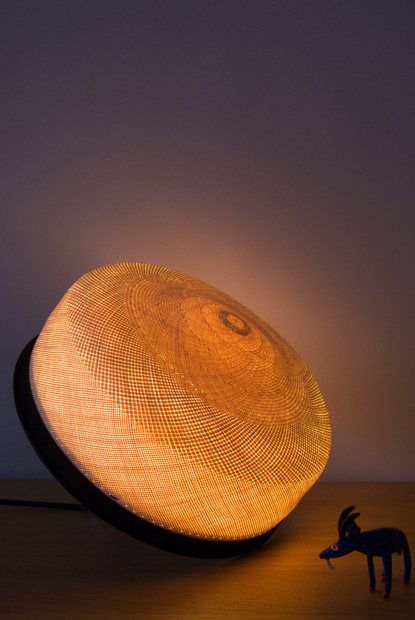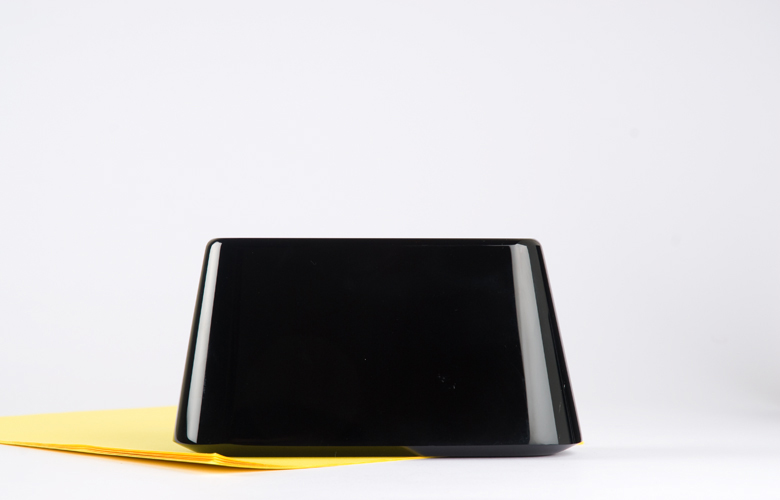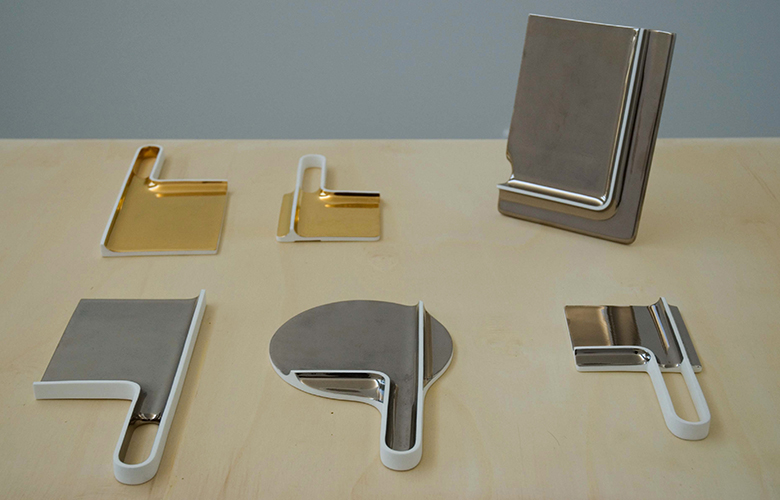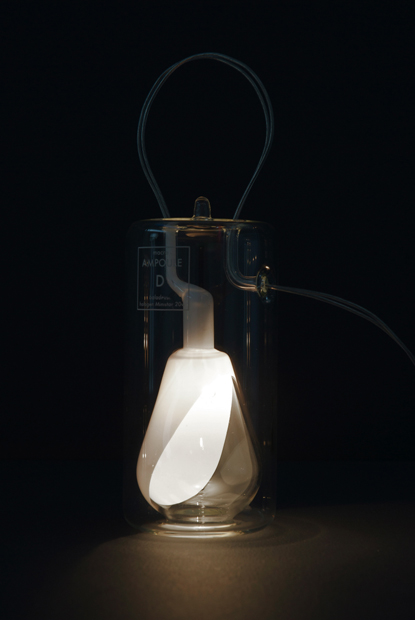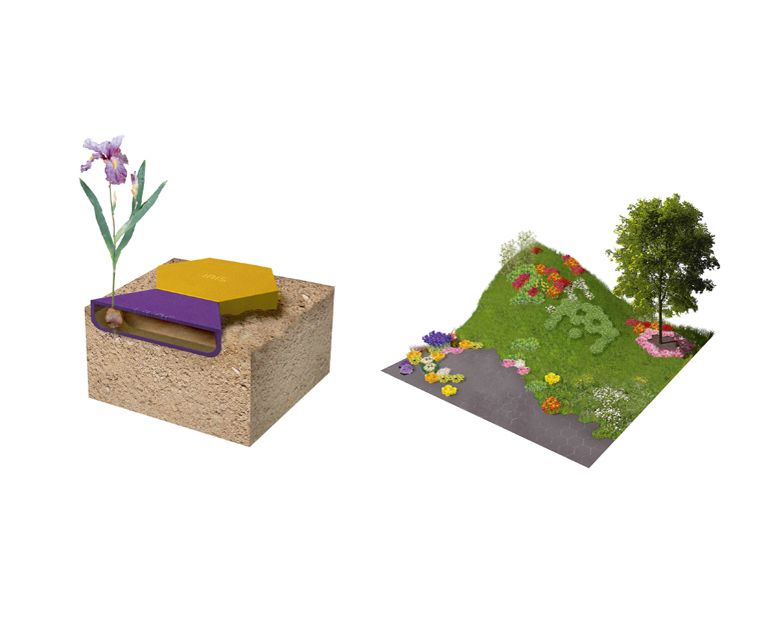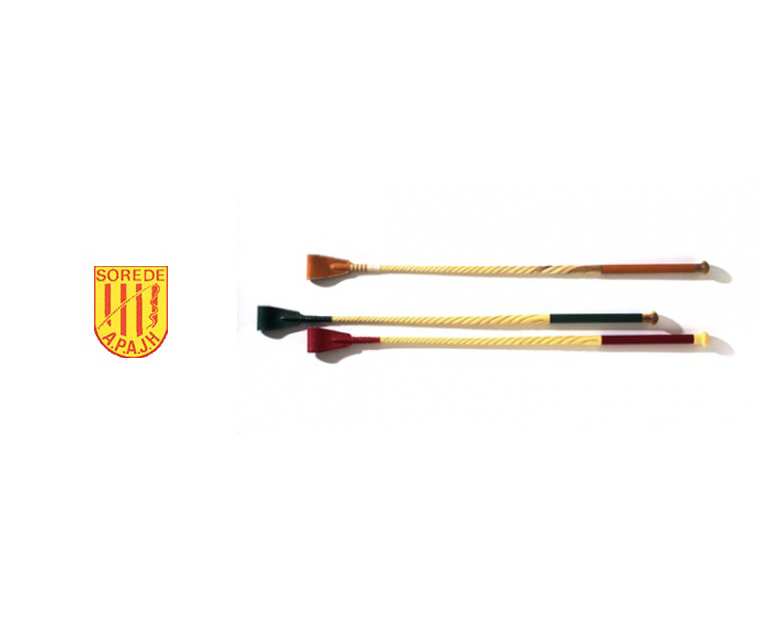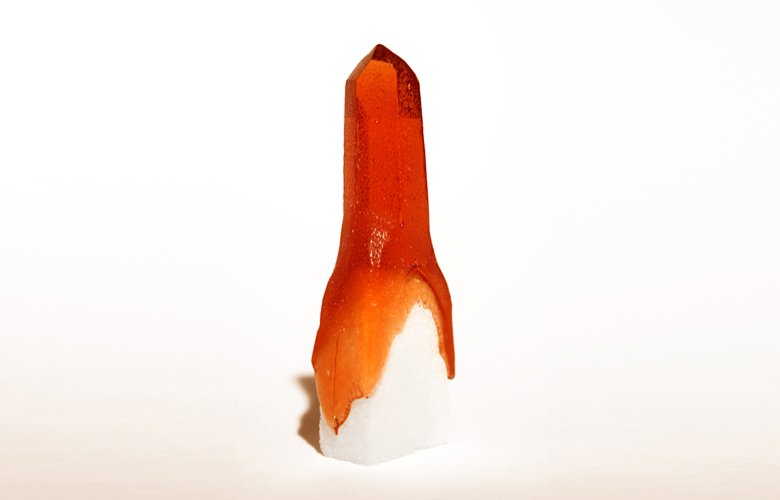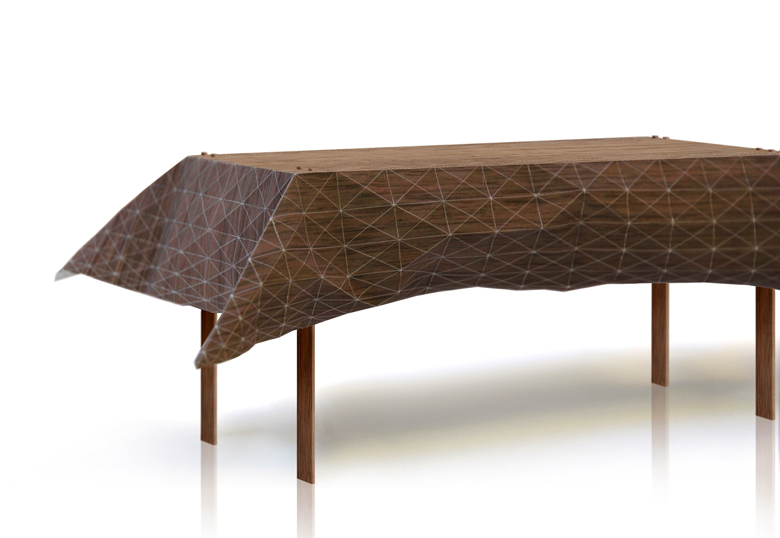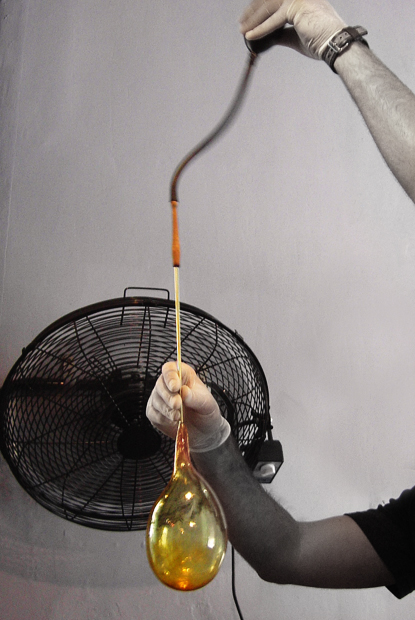
Material for Thought (Matière à penser) is a project begun with Franck Fontana in 2006. An experimental approach developed by working in close collaboration with the means available in each company and workshop.
Material for Thought reverses the proccess of creation, moving simultaneaously and continually from the design to the form while placing the materials and the manufacturing procedures as the strarting points for each project.
Matière à penser est un projet initié en 2006 avec Franck
Fontana. Il séagit déune démarche expérimentale en étroite relation
avec les moyens de chaque entreprise ou atelier.
Matière à penser renverse le processus de création, allant communément du
dessin é la forme et pose le matériau et les procédés de fabrication
comme point de départ du projet. Les expériences varient selon les
techniques et les contextes humains.
In the Yucatan in Mexico, the Jipi hat is very carefully formed using a wooden mould, steam is used to give it its final form.
The chosen Jipi, with the tightness of its fibres, allows light to pass through and thus reveal the delicacy of the textile and the beauty of its woven structure.
From the observation of these, the Jipi range of suspended lights took form.
Produced on request.
Photos : é Studio Sébastien Cordoleani
Au Mexique, dans le Yucatan, le chapeau Jipi est minutieusement mis en forme autour déun moule de bois, une empreinte é la vapeur lui administre sa forme finale.
Le Jipi choisi, utilisant les fibres les plus ténues, laisse apparaétre, é la lumiére toute la finesse de la texture et la beauté de la structure.
De cette observation est née la gamme de suspensions Jipi.
Production sur demande.
Photos : é Studio Sébastien Cordoleani
Obsidian is easily found in Mexico and has been sculpted there since the time of the Pre-Hispanic civilisations. A material which, however, is struggling to find a more contemporary existence.
This fascinating vitrified lava offers many possibilities through its various traditional techniques and usages. Its deep black colour, brilliance and shine, its cutting edges and even its weight are some of its many attributes and characteristics here exploited to create a new series of objects :
Paper-knife, Weights, Mirror, Boxes, Jewellery.
Produced on request.
Photos : é Sébastien Cordoleani
Gamme d'objets sur table exploitant les différentes caractéristiques de l'obsidienne (brillance, poids, tranchant, contraste) : Coupe-papier, Poids, Miroir, Boétes. L'obsidienne est une matiére typique du Mexique et des civilisations préhispaniques, cette lave vitrifiée laisse entrevoir de nombreux usages, nouveaux ou historiques. Son noir profond, sa brillance, son éclat, son tranchant ou son poids sont des indices pour tailler le bloc et donner forme é des objets.
Production sur demande.
Photos : é Sébastien Cordoleani
Reply to a carte blanche invitation to collaborate with the Manufacture in Sévres:
A set of enamelled porcelain or platinum mirrors.
A large mirror, a set of small ones that are like as many small hand and pocket mirrors.
Preliminary Observations and Results :
- Gold and platinum are the most important elements for ornamentation at Sévres. /
Reflective surfaces : mirrors
- Time is restricted : produced using one single mould. /
One object contains those following, they are cut after removal from the mould.
- The Sévres tableware traditions /
A line similar to that of the base of the plates draws out the different mirrors.
Residency at the Manufacture in Sévres.
Partner : Villa Noailles / Cordoleani&Fontana Exhibition, Design Parade 03 Festival
Materials : Porcelaine, gold and platinium
Collaboration with Franck Fontana
Réponse é une carte blanche pour collaborer avec la Manufacture de Sévres :
Un jeu de miroirs en porcelaine émaillée or ou platine.
Un grand miroir, un jeu de découpes, autant de miroirs é main et é poser.
Observations préliminaires et Conséquences :
- Léor et le platine sont des éléments importants dans léornementation é Sévres. /
Des surfaces réfléchissantes : miroirs
- Contrainte de temps : production déun seul moule. /
Un objet contient les suivants, ils seront découpés aprés le démoulage.
- Tradition de vaissellerie de Sévres /
Une ligne semblable é la base déune assiette dessine les différents miroirs.
Résidence é la Manufacture de Sévres.
Partenaire : Villa Noailles / Exposition Cordoleani/Fontana, festival Design parade 03
Matériaux : Porcelaine, or et platine.
Collaboration avec Franck Fontana
A range of 9 macro-light bulbs in homage to the Edison bulb.
A series of miniature objects, only slightly larger than a light bulb, were developed through the technique of glass-blowing with a fire torch. This technique enables a double wall to be integrated.
Inside a fixed form, a glass tube, different forms of bulbs are successively introduced :
a torch, a ceiling light, table lamp, either with a direct, shaded or reflective light source.
Partner : Villa Noailles / Cordoleani&Fontana Exhibition, Design Parade 03 Festival
Material : Borosilicate glass with a double wall / Hallogen - LED
Dimensions : D 65, H 130 mm
Collaboration with Franck Fontana
Photos : é Cordoleani&Fontana
Gamme de 9 macro-ampoules en hommage é léampoule Edison.
Une série déobjets miniatures, é peine plus grand qu'une ampoule, est née de la technique du verre au chalumeau. Léintérét de celle-ci est déintégrer une double paroi.
A léintérieur déune forme fixe, un tube de verre, sont intégrés, succesivement, différentes typologies de lampe : baladeuse, é suspendre, é poser, en éclairage direct, tamisé ou avec un réflecteur intégré.
Partenaire : Villa Noailles / Exposition Cordoleani/Fontana, festival Design parade 03
Matériau : verre borosilicate double paroi / Hallogéne - LED
Dimensions : d 65, h 130 mm
Collaboration avec Franck Fontana
Photos : é Cordoleani&Fontana
Applications for Agro-materials (agricultural plastic polymer developed by LCA from agricultural residues, 100% biodegradable and bio-available).
Assumption : Valuing biodegradability and substrate property through gardening and planting scenarios.
Gardening object:
- Mosaiculture tiles
- Sowing wire in lines
- Plant-made postcard
- Blocks of Spices
Initiated by the La Cuisine art centre.
Helped by Audi Talents Awards and the VIA
One of the finalists for Bourse Agora 2007
Collaboration with Franck Fontana
Applications pour les Agro-matériaux (polymére agricole, plastique élaboré par le L.C.A é partir de résidus agricoles, 100% biodégradable et bio-assimilable).
Postulat : Valoriser leur biodégradabilité et leur propriété de substrat au travers de scénarii de jardinage et de plantation.
Objet de jardinage :
- Pavé de mosaéculture
- fil de semis en ligne
- carte postale végétale
- Blocs déépices
Initié par le centre déArt La Cuisine.
Soutenu par Audi Talents Awards et le VIA
Projet finaliste pour la Bourse Agora 2007
Collaboration avec Franck Fontana
A range of kitchenés objects in Hackberry wood.
The C.A.T Hackberry in Soréde is the last site in France that
manufactures traditional whips. Hackberry is a flexible wood and the
fabrication of whips requires the use of tools which can produce
cylinders of this wood.
We tried to make the finest écord of woodé possible. Its first use
would be as the material from which hooks could be made for wooden
kitchen utensils.
Prototypes
Craftman : CAT Micocoulier in Soréde
Winner of the Grand prize Design Parade 02,Villa Noailles
Collaboration with Franck Fontana.
Gammes déobjet pour la cuisine en bois de micocoulier.
Le C.A.T Micocoulier de Soréde est le dernier lieu de confection des
cravaches traditionnelles en France. Le micocoulier est un bois
flexible et la fabrication des cravaches requiert des outils
spécifiques permettant de cylindrer le bois.
Nous cherchons é fabriquer la é corde de bois é la plus fine
possible. Sa premiére application sera léajout déun crochet é des
objets de cuisine en bois.
Prototypes
Artisans : prototypes réalisés au CAT Micocoulier de Soréde.
Lauréat du Grand prix Design Parade 02,Villa Noailles
Collaboration avec Franck Fontana.
The analogy between the physical and artistic qualitites of sugar and glass have orientated this exploratory work with the Papabubble sweet factory in Barcelona. Various experiments with dripping, soaking, reforming, marking, moulding, pressing and blowing sugar were to lead to the production of a series of work manifests. From these a series of potential products was created.
Rock, Card, Squares, Duo, Texture, Stick, Bubble
Prototypes
Partner : Papabubble, Barcelone
Material : sugar
Winner of the Grand Prix of Design Parade 02, Villa Noailles
Collaboration with Franck Fontana
Photos : é Cordoleani&Fontana
Léanalogie entre les propriétés physiques et plastiques du sucre et celles du verre oriente ce travail exploratoire avec la confiserie Papabubble de Barcelone. Différentes opérations appliquées au sucre - couler, tremper, déformer, marquer, mouler, presser, souffler - vont conduire é des piéces manifestes. En découlera une gamme de produits potentiels.
Roc, Carte, Carreaux, Duo, Texture, Brindille, Bulle
Prototypes
Partenaire : Papabubble, Barcelone
Matériau : sucre
Lauréat du Grand prix Design Parade 02,Villa Noailles
Collaboration avec Franck Fontana
Photos : é Cordoleani&Fontana
Experimentating with an innovative material : foldable wood ( a sheet of plywood containing a layer of cloth). In order to enhance the qualitites of this material created for the use of packaging, it is refined, the cloth made stronger and the wood selected according to its various properties and qualities.
Transposed to the world of furniture, this material is used in various situations.
One of which is the fusion of two complementary objects : the table and its tablecloth.
Material : Plywood and fabric
Winner of the Audi Talents Awards
Collaboration with Franck Fontana
Photos : é Cordoleani&Fontana
Expérimentation avec un matériau innovant : le bois pliable (une feuille de contreplaqué contenant une éme en textile). Afin de valoriser ce matériaux issu du monde de léemballage, il est affiné, le textile est densifié et le choix des essences se fait qualitatif.
Transposé dans léunivers du mobilier, ce matériau fait léobjet de différentes propositions.
Léune déelles est le résultat de la fusion de deux objets complémentaires : une table et sa nappe.
Matériaux : Bois contre-plaqué et textile
Lauréat des Audi Talents Awards
Collaboration avec Franck Fontana
Photos : é Cordoleani&Fontana
